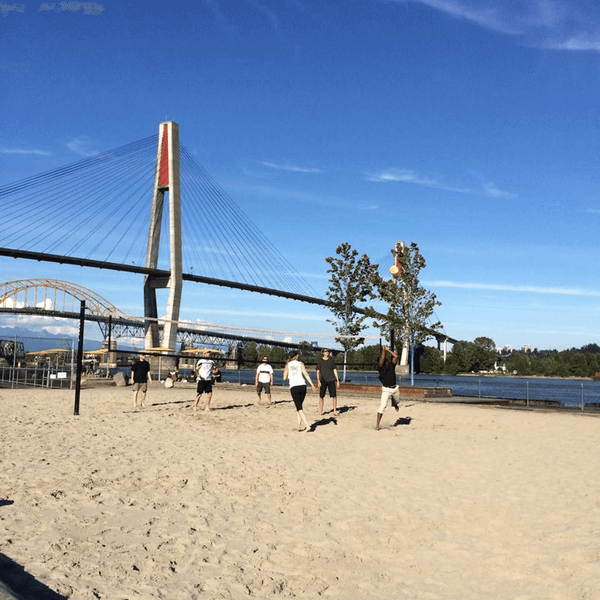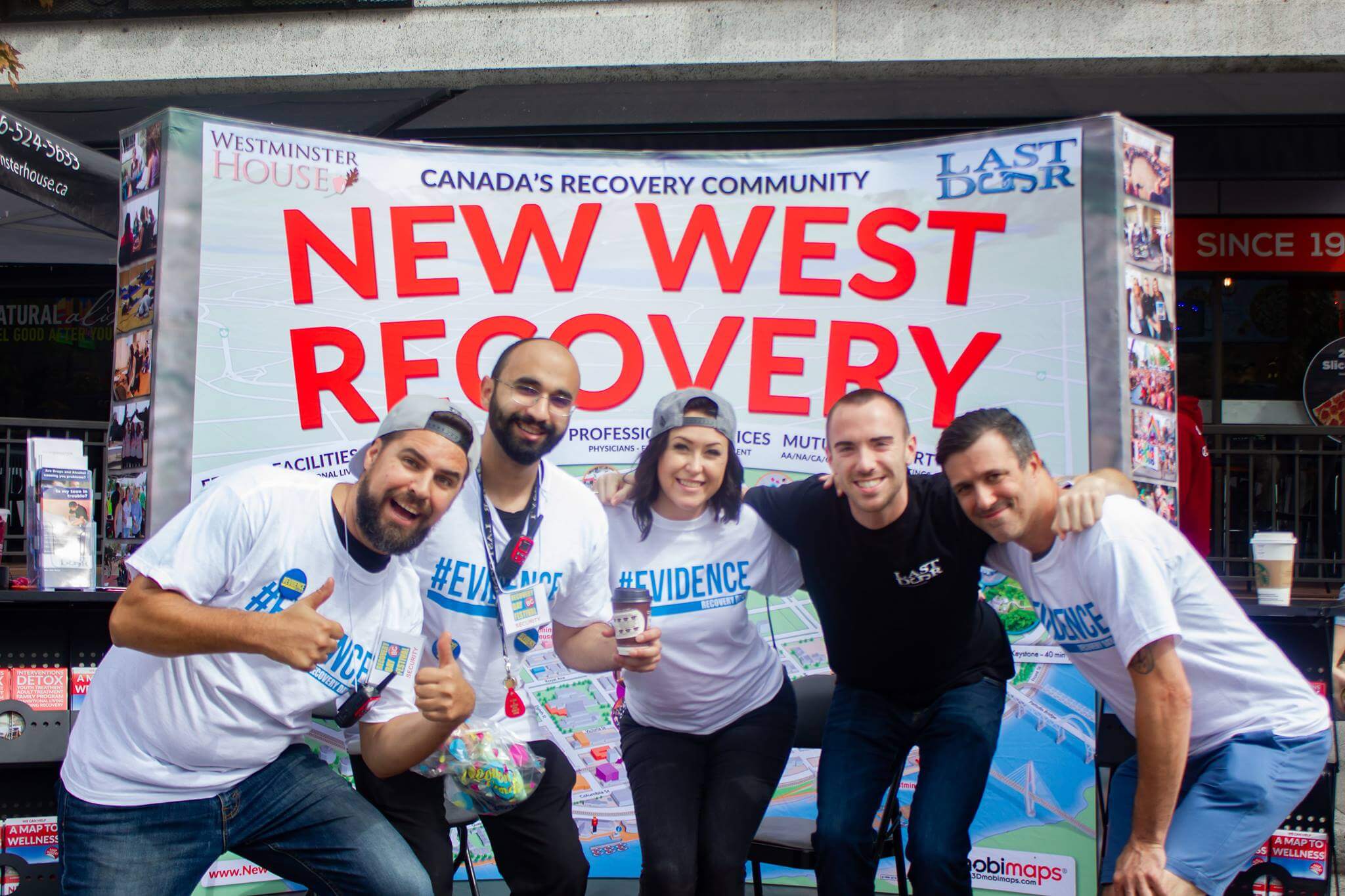“The opposite of addiction is connection” – Robert Weiss
Social Model programs encourage and facilitate active involvement in the wider community, relearning citizenship.
Using the Social Model for Addiction Treatment
The Social Model originated in 70’s and was widely favored in California. Succinctly defined, Social model programs are “a peer-oriented process of rehabilitation and healing”1. Social Model programs emphasize experiential knowledge utilized to help peers in addiction recovery; developing connections within a positive group membership; group membership norms of semi-autonomy and interdependency; and use a supportive environment to encourage abstinence.
Though many components of the model can be found in practice throughout North America, the term “social model” is not generically adopted outside California. Despite having attributes, many facilities in British Columbia and the rest of Canada do not classify themselves as of social model programs. To assess how much programs, utilize social principles Kaskutas developed the Social Model Philosophy Scale which measures the physical environment, authority base, staff roles, governance, and community orientation2.
Fostering a social model environment within residential programs necessitates the mutual aid of peers and in the functions of program leadership. The goal is to support semi-autonomy of residents to practice stewardship and citizenship rather than a hierarchal professional-based managed program. Sustaining the social model environment is not the primary function of the leadership, instead the program’s authority base is responsible for emphasizing and reinforcing processes supportive of a recovery-oriented culture.
Treatment in social model programs is rarely short-term and the full-time approach is part of the ecological point of view. Social Model programs are often conducted in stages or levels i.e.: induction, primary treatment, and preparation for separation 2,3. Each stage finesses the resident through holistic changes and implements social model principles differently.
David Pavlus, Last Door’s Executive Director, described this process as “when it comes to addiction recovery you get out of it what you put into it, put simply, do you want a short-term solution to a long-term problem?”
The peer process of group identity and membership is a distinguishing feature of social model programs, and is similar to Therapeutic Communities, which often following similar parameters. The core goal of Therapeutic Communities is to promote a more holistic lifestyle and to identify areas for change such as negative personal behaviors–social, psychological, and emotional–that can lead to substance use 4.
In the social model, residents make these changes by learning from fellow residents, staff members, and other figures of authority. Residents are imbued with their own authority in terms of healing each other and are actively engaged in the in the day to day requirements of the facility via therapeutic duties. Participants are generally referred to as residents rather than clients, and are active in each other’s learning, healing and rehabilitation. Clinical staff and management guide but do not drive the process. Thus, residents often develop a strong sense of ownership of their recovery and responsibility to their peers. Connections and kinship are fostered that become the base of self-esteem and connections between residents of social model programs tend to last well beyond the treatment cycle and become independent of the program itself.
Lived experience has been a catalyst for many to enter the addiction treatment and recovery field, seeking out diverse peer-oriented opportunities. With encouragement, many attain formal education and certification beyond their lived experience to develop a dynamic combination of competencies. Along the west coast, residential recovery programs utilizing social model principles employ staff who bring an advantage of “lived experience” (i.e. recovering persons) to their roles. And as such, many have weighed in on this role – Jung coined the term “wounded healer” 5 while Larisey asserted that a clinician’s “own experience of being wounded is what helps her face the suffering client in simple relatedness”6. She further stated, “the most skillful clinician, rather than being a strong and capable model of good health, is one who has suffered from all sorts of illnesses and is being transformed by those agonies”. This lived experience often leads to a sense of community, and the shared experiences within the recovery community is a path to rehabilitation and healing.
Last Door’s Social Model Addiction Recovery Community
Addiction Recovery and Healing with connection
Social Model programs encourage and facilitate active involvement in the wider community. The social model community includes the social environment, peers, and staff role models. Rather than being sequestered in safe but possibly isolated havens, social model program participants take their recovery process to the streets. Community involvement is a critical bridge to change that propels the often-disenfranchised substance users toward successfully habituation of social norms and mainstream society. Residents participate in community via volunteerism and social outings, accompanied and supported by their peers.
Through these experiences, residents discover the possibilities to reclaim their citizenship. Treatment is guided by the substance use disorder, the person, recovery, and right living7. It takes a community to raise a child and, at Last Door the principle has been coopted to say it takes a community to heal an addict. In the time of worldwide crisis surrounding drug use deaths, perceptions of treatment success are undergoing radical change. Policy makers’ strategies are focused on initiatives designed to primarily keep drug users alive and reduce the harms of substance use. Life threatening urgencies monopolize research and outcome measures, and opportunities for evaluating improved quality of life, social reintegration and higher functioning as measures of success are dismissed.
For social model programs, the difficulty of demonstrating effectiveness is compounded by the lack of published studies on outcomes of social model programs including their cost effectiveness. In our experience, the recovery capital fostered within social model programming can yield life changing results at the individual, and community level. As the Center for Substance Abuse Treatment noted, “Social model programs have seldom been evaluated in a manner parallel to evaluations conducted in other treatment settings”8.
Last Door’s Social Model Addiction Recovery Community
1 Kaskutas, L. A. (1999). The social model approach to substance abuse recovery: A program for research and evaluation. Center for Substance Abuse Treatment, Department of Health and Human Services. Berkeley: National Evaluation Data and Technical Assistance Center.
2 Polcin D, Mericle A, Howell J, Sheridan D, Christensen J. Maximizing Social Model Principles in Residential Recovery Settings. Journal of Psychoactive Drugs. 2014;46(5):436-443. doi:10.1080/02791072.2014.960112.
3 De Leon, George. (1994). The therapeutic community: Toward a general theory and model. NIDA research monograph. 144. 16-53.
4 Center for Substance Abuse Treatment. Treatment of Adolescents with Substance Use Disorders. Rockville (MD): Substance Abuse and Mental Health Services Administration (US); 1999. (Treatment Improvement Protocol (TIP) Series, No. 32.)
5 Jung, Psychology of the Unconscious, 1944
6 Larisey, C.G. Jung Society of Atlanta, 2012
7 De Leon, George. (1995). Therapeutic Communities for Addictions: A Theoretical Framework. The International journal of the addictions. 30. 1603-45.10.3109/10826089509104418.
8 University of California San Diego Extensions, 1993
Keep Reading
What is Recovery Capital?
Measuring an individuals Recovery Capital helps address client's needs allowing the case manager…
Freedom from Opiate Use
Don't let Fentanyl destroy your life, the overdose crisis can be overcome with…
A loved one needs help
Addiction harms the entire family, and recovery can heal the damage. Our free…
Testimonials
"I'm back in school, finally doing the things I want to do. I didn't want to go to treatment, but I'm glad I did."



